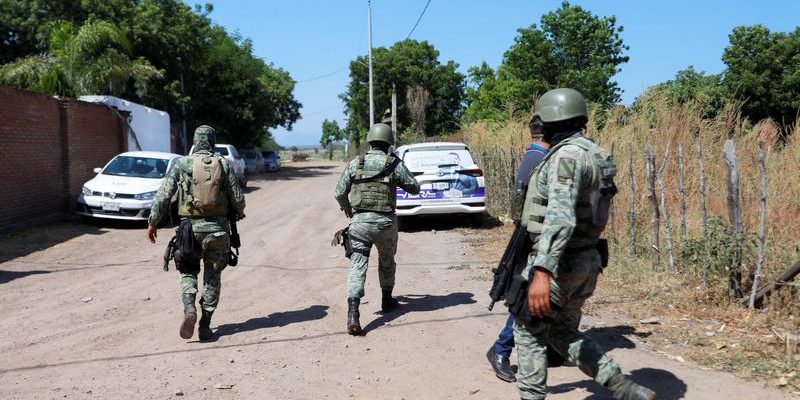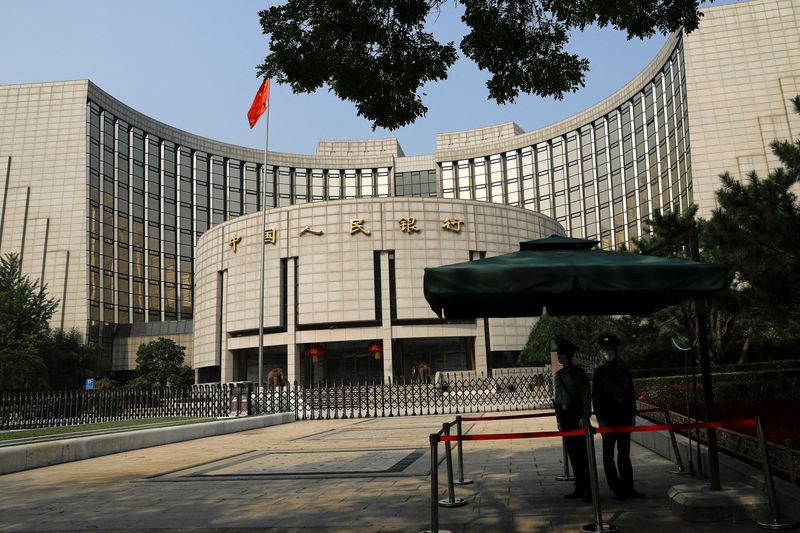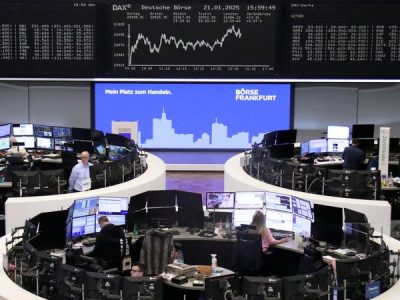
By Rodrigo Campos
NEW YORK (Reuters) – Violence and crime absorb almost 3.5% of Latin America and the Caribbean’s (LAC) economic output, depleting funds that could be used in education and assisting the vulnerable, a report by the Inter-American Development Bank (IDB) showed.
Beyond the human toll, the cost of crime amounts to almost 80% of the region’s public budgets for education, twice as much as what is spent on social assistance, and 12 times the budget for research and development, the study, using data from 2022 and published on Monday (NASDAQ:MNDY), showed.
Crime “limits growth, drives inequality, and diverts private and public investment. We must join and redouble efforts to change that reality,” IDB President Ilan Goldfajn said in a statement.
The study calculates the direct cost of crime in three areas: loss of human capital as productive time, spending on crime mitigation by businesses, and public spending on crime prevention and criminal justice. In 2022, security expenses by private businesses accounted for 47% of the total cost of crime, while state spending on crime prevention represented 31% and the loss of human capital made up 22%.
For comparison, a set of data from Poland, Ireland, the Czech Republic, Portugal, Netherlands, and Sweden showed their costs are 42% lower than in LAC. If the region got to the levels of its European counterparts, it would have near 1% of GDP to invest in social welfare and other programs, according to the IDB.
A parallel study from the International Monetary Fund cites Latin America as accounting for a third of homicides globally despite holding less than 10% of the world’s population, with organized crime being especially costly.
“The presence of gangs and drug trafficking amplify the costs of doing business,” the IMF report said. “A novel analysis of Mexican firms suggests that the damage costs of crime are four times higher for firms that report gangs operating in their vicinity.”
The fiscal cost for governments is also considerable, according to the IMF, which states that spending on public order and safety in the region averages around 1.9% of GDP and over 7% of overall spending.
“While spending more on security and deploying more police seems to contribute to lowering crime, other factors are likely more important in LAC, with spending efficiency playing a critical role. For example, despite a high proportion of spending on the judiciary, the courts’ ability to punish crimes remains weak.”
Among policy proposals the IMF says LAC should establish a “regional knowledge platform” to collect, exchange, and analyze data, alongside the dissemination of best practices on effective economic and security policy responses.












